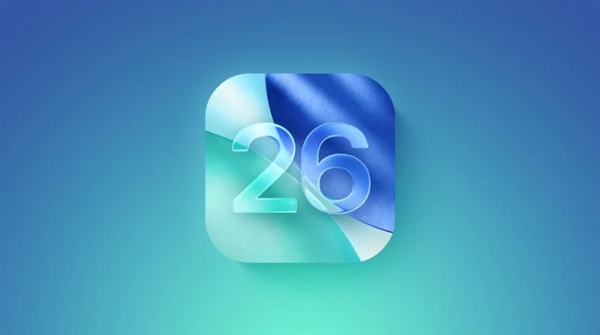August 03, 2023 – A Major Transformation Looms for ChromeOS in New York, USA.
ChromeOS, the Linux-based operating system developed by Google primarily for low-end laptops and tablets, is on the verge of a significant overhaul. The upcoming transformation, known as “Project Lacros,” aims to separate the operating system from the web browser, allowing them to update independently and moving the system closer to the functionality of Linux.
Over the course of two years, the Lacros project has been quietly in development, and recent reports from About Chromebooks suggest that this new feature has been enabled by default in the testing version of ChromeOS 116. The stable release is expected to arrive within this month.
Until now, ChromeOS featured a unified interface where the system interface and web browser were integrated into a single program. This meant that updating the browser would require an entire system update. However, with Project Lacros, the system interface, referred to as “ash-chrome,” and the web browser, referred to as “lacros-chrome,” will be decoupled. This separation allows users to choose between updating the browser or the operating system independently, eliminating the need to wait for Google to push unified updates.

The changes brought about by Lacros are not limited to just the separation of components. Google’s documentation indicates that “Lacros can be thought of as a ‘Linux chrome’ with more Wayland support.” In a move towards improved graphics performance and stability, ChromeOS will transition from its in-house “Freon” graphics protocol to the Wayland protocol, aligning itself with other desktop Linux systems.
Furthermore, the browser experience on ChromeOS will shift from using a custom Chrome browser to utilizing the Linux version of Chrome. Users will now have a browser experience akin to what they would find on Ubuntu or other Linux distributions.
After roughly two years of development, the Lacros project has reached a point where the option to enable it manually has disappeared in ChromeOS version 116. This suggests that Lacros is now the default mode of operation. While Google has yet to officially confirm this development, the code indicates that the change is imminent. End users may not notice significant differences, but this enhancement promises to make ChromeOS updates more convenient and might even extend the lifespan of older devices.












